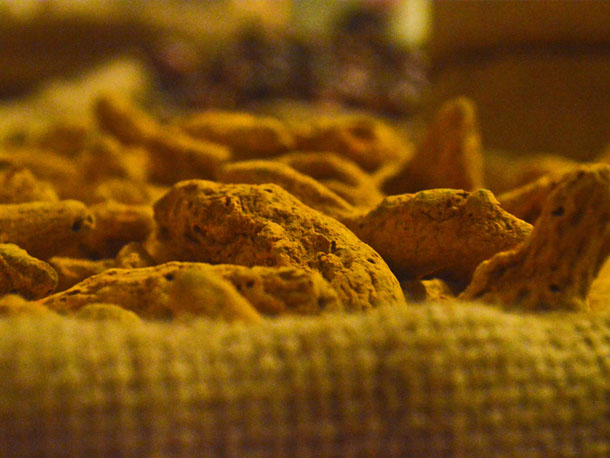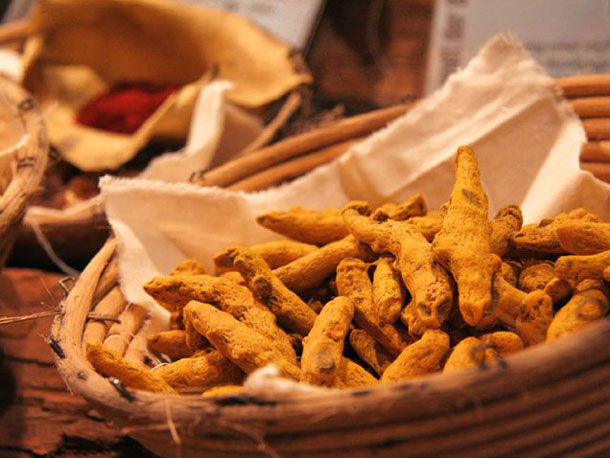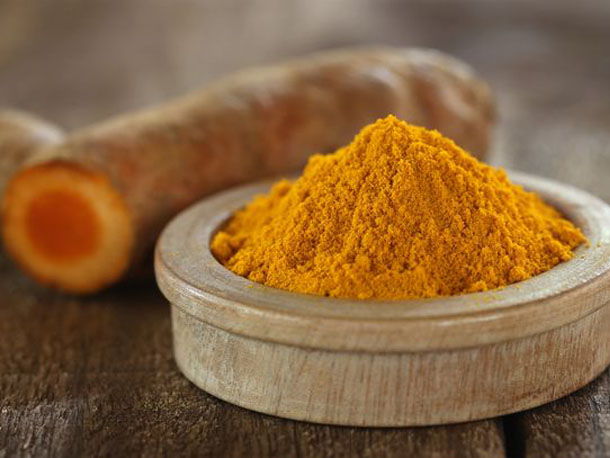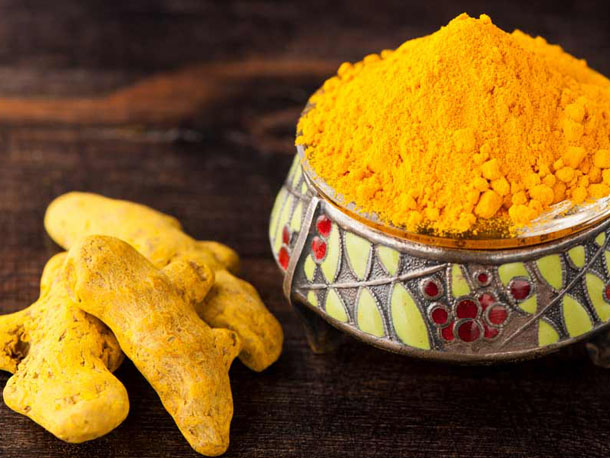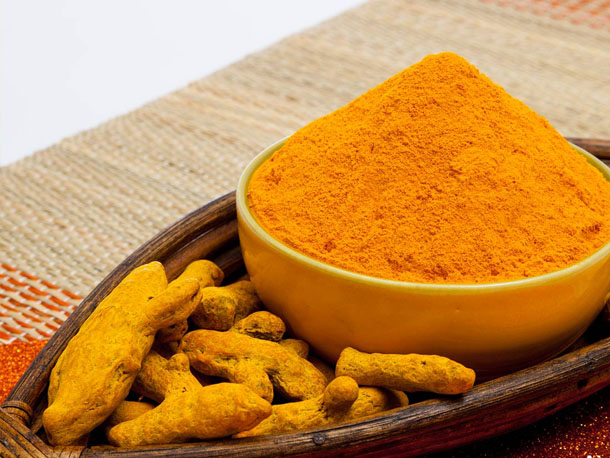Turmeric prices holding firm despite new crop arrivals
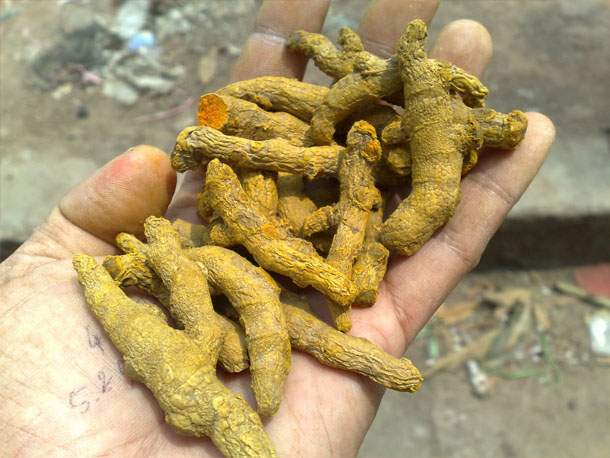
Indian turmeric prices are trading on the higher side compared with last year despite a correction in the last few months, mydigitalfc.com reported.
According to the article, while quality issues ruled the sector during the 2014-15 season, the market is waiting for a clue on the price front for the new season from the monsoon rains.
During the 2013-14 crop year, prices moved in the range of INR6,000 (USD93.45) and INR7,000 per quintal. Turmeric prices remained subdued for most of the year due to higher carry-forward stocks from the previous year. Reports suggest that carry-over stocks stood at 1.5 million bags (one bag is 75 kilos) during the year.
In December, rains in parts of Karnataka and Andhra Pradesh affected standing crops. Rains followed by the Hudhud cyclone not only damaged standing crop in Andhra Pradesh and Telengana, the largest turmeric producers, but there were also concerns that the quality of the crop would be adversely affected.
Ritesh Kumar Sahu, analyst for agri-commodities at Angel Commodities, said: “There were concerns that quality of the new crop will be inferior due to the unseasonal rains. This saw higher demand for the old stocks since December.”
Traders and stockists bought large quantities of good quality old stocks available with farmers and the prices moved up to the INR9,000 level in the futures market. Between October and December, the prices surged by 57%.
Lowering of production estimates also added to the price surge. According to the Spices Board of India, turmeric production stood at 987,000 tonnes in 2012-13. The board estimated that for 2014-15, the production of turmeric might decline to 730,000 tonnes compared with 800,000 tonnes in the previous year.
However, prices eased in January as the new crop started arriving in the market. The inferior quality of the new crop kept the prices in check. Usually, prices start recovering from May onwards as the arrival pressure declines in the market.
One UK trader told that he had seen regular upward price movements of late but his contacts at origin were indicating that overall supply should be sufficient this year, despite continued strong demand.
He observed that on the Indian futures market the July 20 contract had recently settled at INR7,200/quintal and the August contract had settled at INR7,300.
The trader calculated that based on the July futures price the export quotes on whole turmeric fingers should be around USD1,500/tonne c&f European main ports (EMP) and turmeric powder should be in the range of USD1,650-1,700/tonne c&f EMP.
He added that it should be borne in mind that most of the global trade is now in turmeric powder and turmeric fingers are of negligible volumes.
“I am told that the higher curcumin material is being sold at USD1,800 (per tonne),” the trader revealed.
Most of the big harvesting takes place in February/March and then sun drying has to be done.
Currently, there is a lull in arrivals, the trader noted.
He observed that the futures prices have gained by about INR100-150/quintal in the last two days to Wednesday (June 17). This is a bigger increase than normal for such a short space of time as the usual upward trend would be in the range of INR50/quintal.
However, in overall terms, prices are down from pre-harvest levels. The trader recalled that back in February prices were closer to INR93 per kilo (INR9,300/quintal). Levels then eased to around INR68-70 before recovering now to INR72.50.
Ahead of the harvest everyone was expecting a short crop and for prices to increase even further.
“That has not really happened,” the trader remarked.
Debate over monsoon rains
His stockholder contacts were projecting that the market is likely to move up “quite a bit” on uncertainty over the forthcoming monsoon rains, which will also help determine the size of the 2016 crop.
Some sources say that the monsoon rains have already started so all should be well and prices could ease, while others warn that if there is a deficit monsoon the 2016 crop will be much less and prices will therefore spike.
“The market is going to be driven by sentiment rather than anything else,” the UK trader observed. “They won’t even plant what is going to be harvested in February/March until December. So right now it is all trading on sentiment. Right now there is enough availability for the domestic market and the supply is equal to the demand.”
Moreover, the trader noted that since the emergence of the futures exchange in India turmeric and various other spices have become more driven by sentiment than fundamentals.
In addition, he remarked that there are no major quality issues with the latest (2015) crop. Quality is usually determined by the curcumin content with most end users opting for a 2% to 2.5% range and a few selecting that with 3% curcumin content. Turmeric is available at a 4.5% curcumin level.
The trader confirmed that he had also heard that this year’s crop was lower than that of 2014 but warned that this in itself should not be enough to push prices higher. It has also been stated that there is carry-over stock to top up the underlying supply.
He observed that there are bulls and bears operating on the commodities exchange to try and influence prices in the direction they want – the bulls looking for upward moves, the bears downwards.
India is the largest producer and exporter of turmeric and export demand had also led to a gradual recovery in prices.
Among the export destinations, Europe and the US buy high quality turmeric and demand from these markets was less on this occasion, according to mydigitalfc.com. However, West Asia continued buying medium quality turmeric.
The UK trader said export demand has remained strong as India is the only source on turmeric and domestic off-take will hold firm and is likely to pick-up even more in the second half of this year as Ramadan and Diwali take place then.
Trade sources told mydigitalfc.com that turmeric exports should have crossed 80,000 tonnes in 2014-15, higher than 77,500 tonnes in the previous year.
Domestic demand, too, has been rising by 4-5% every year. Sources told the Indian news website that prices are likely to be determined by estimates for the new crop.
Turmeric is sown during July-August. It is largely an irrigated crop and not dependent on monsoon rains. Rains have a bearing on the quality of the crop.
Sahu said: “We expect the prices to remain range-bound with a negative bias during the sowing season and can trade around INR7,300 level. We need to watch for the progress of monsoon for the future price movement. Excessive rains in the turmeric-growing regions may hamper the quality of the produce and this will drag the prices. If the monsoon is normal, the quality of the crop will be good and the prices will move up.”
The UK trader told that for the time being he expects prices to hover around the current levels with no substantial movements either up or down.
Analysis
Trying to predict the next direction in turmeric prices and likely trend for the year ahead has always been an imprecise science. This is compounded by the presence of the spice on the futures exchange and the intense speculative nature of Indian trading in the commodity on this platform.
Clearly, much of the market information on the spice and price projections can be influenced by the position held by the individual indicating their respective expectations. This makes for a challenging time in trying to ascertain the reality of the situation.
Nevertheless, I would be inclined to see both the potential for downward pricing movements as well as the possibility for increases ahead.
The assessment of Sahu of Angel Commodities looks to be a fair one, in my opinion. I agree that excessive rains could drag on prices while a normal monsoon will push prices higher.
In addition, I envisage continued strong demand as likely to maintain underlying support to prices over the coming weeks. On balance, I see more upward pricing potential than that for the downside.

